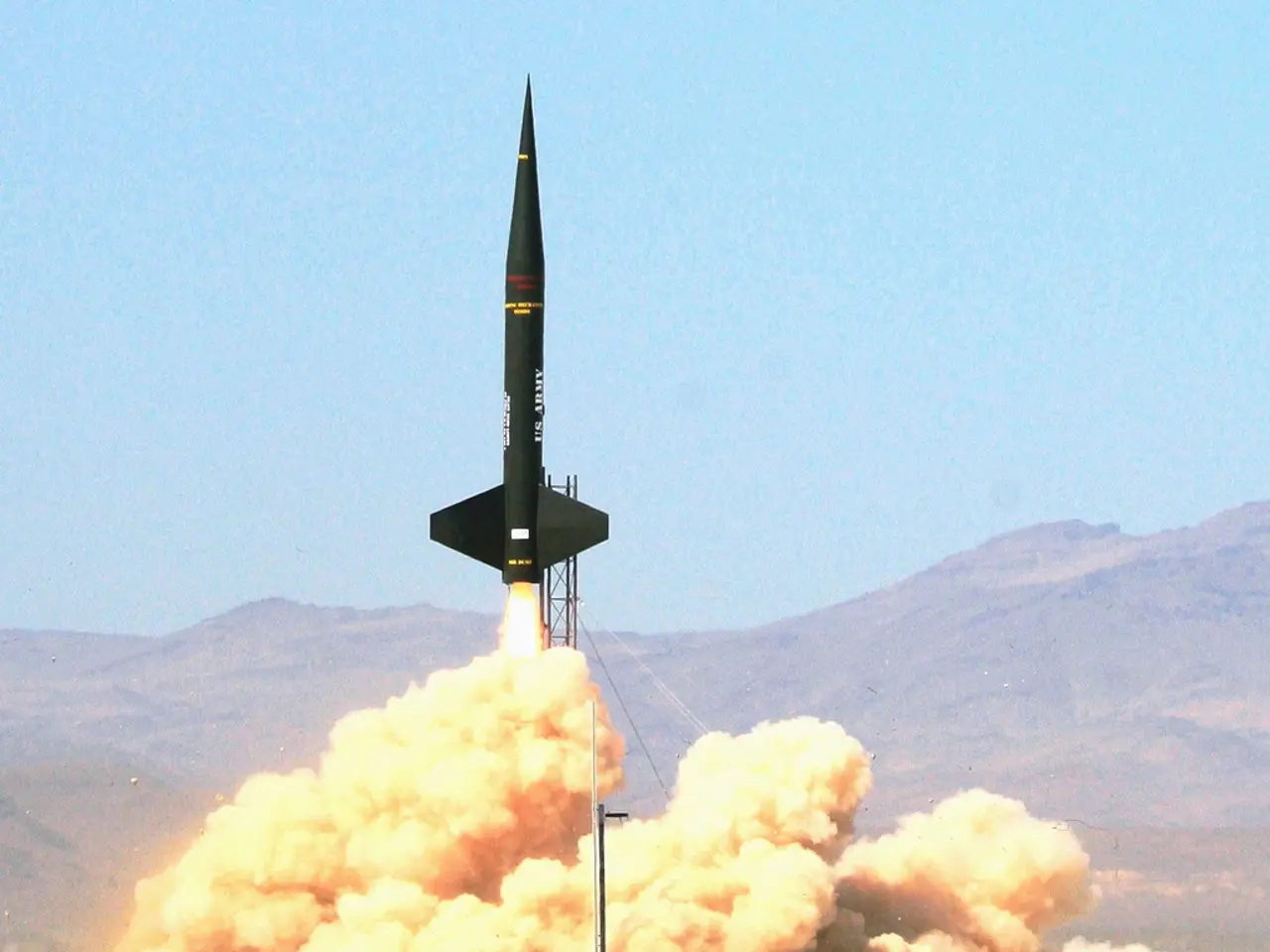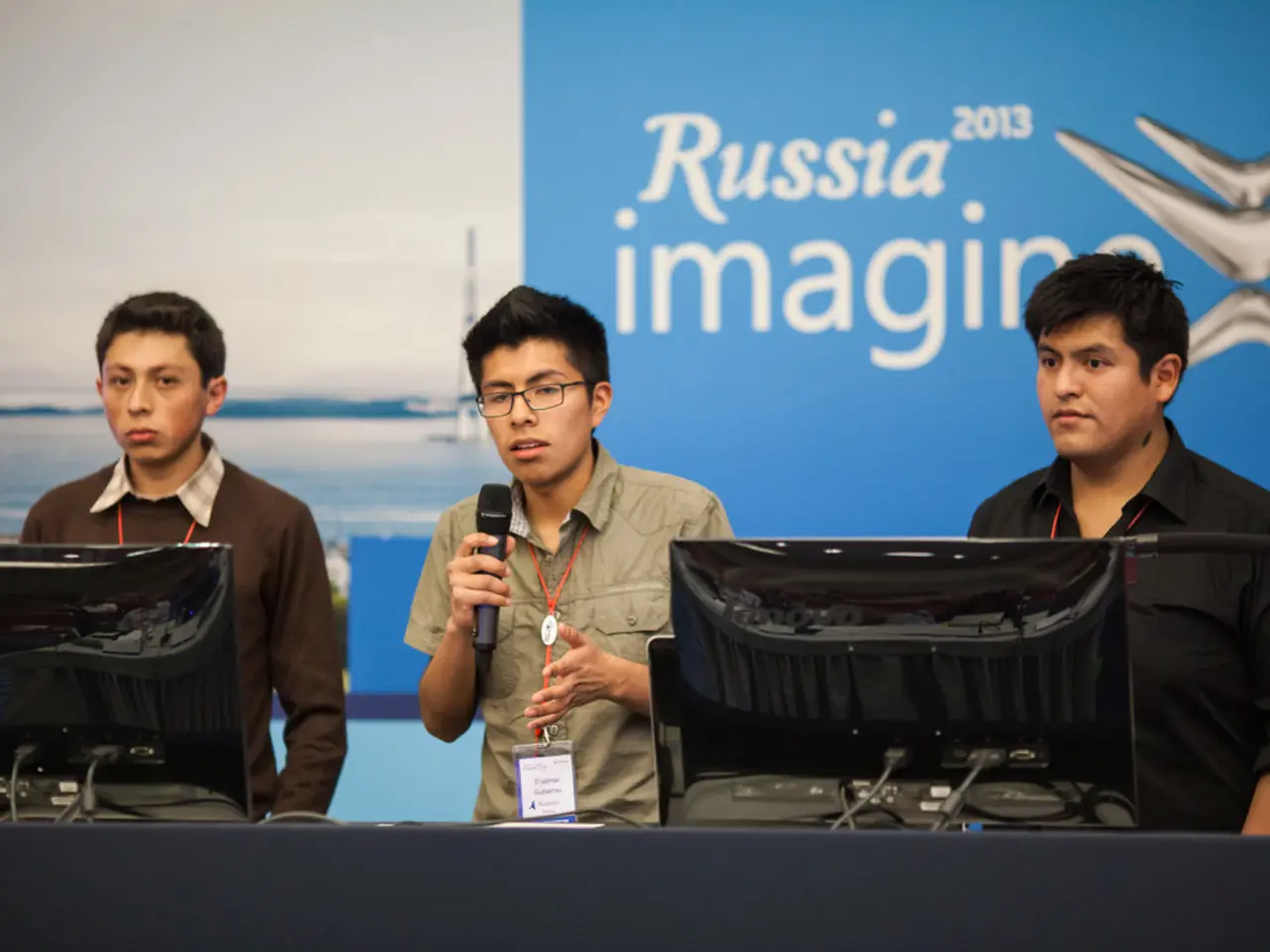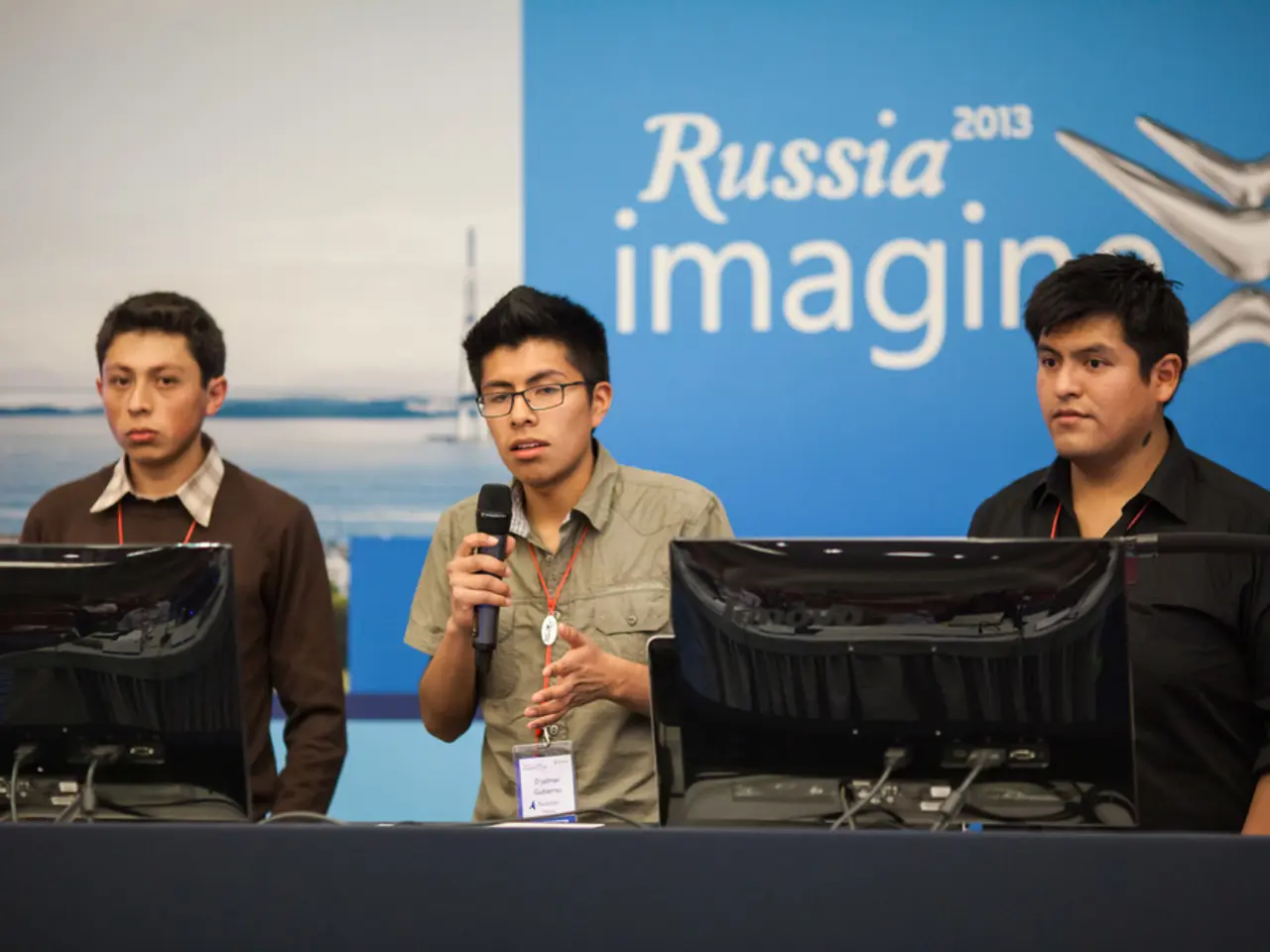Intense Shooting Escalation Captured: Footage Reveals Aggressive Head-on Collision by Ukrainian Individual
In the ongoing conflict in Ukraine, drone warfare has emerged as a significant factor, shaping tactical and operational aspects without decisively ending the conflict.
Ukraine, backed by Western funding and technological innovation, is leveraging a diverse fleet of drones to gain an edge. A coalition of around 20 Western countries has committed €2.75 billion to supply Ukraine with an additional one million drones by 2025 [1]. These drones are used for reconnaissance, precision strikes on Russian armor, artillery, and infrastructure, and to disrupt Russian operations even deep inside Russian territory [1].
Ukrainian drones reportedly account for about 70% of confirmed Russian losses. The capabilities of these drones range from first-person view (FPV) attack drones targeting frontline Russian assets, interceptor drones defending against Russian Shahed bomber drones, to long-range strikes against Russian airbases and industrial targets [1]. Ground drones are used for trench assaults, supply delivery, and casualty evacuation, while marine drones are reportedly responsible for forcing Russian fleet withdrawals and destroying Russian air assets in the Black Sea [1].
Ukraine has also developed a "drone wall" defensive network to slow Russian infantry wave assaults, demonstrating drones as a central component of its technological war strategy [5].
However, Ukraine faces significant challenges and limitations in drone warfare. Despite their drone capabilities, Ukraine struggles to fully protect civilian populations and infrastructure from massive Russian drone and missile salvoes. In June and July 2025, Russia launched hundreds of drones in coordinated attacks on Ukrainian cities, causing significant civilian casualties despite Ukrainian air defenses shooting down portions of these attacks [2][4].
Logistical and troop movements on the Ukrainian side are under severe pressure from Russian tactical UAVs that dominate the "kill zone" near frontlines, forcing Ukrainian forces to limit vehicle use and endure longer frontline deployments without rotation [3].
Russia has developed and deployed innovative drones, such as fibre-optic-guided UAVs—un-jammable and with extended range—which have eroded Ukraine’s technological edge in this domain. Ukraine’s leadership acknowledges Russia currently holds an advantage in this particular drone technology, closely linked with China's expertise in fibre optics [5].
Russian drone tactics combine large coordinated drone and missile swarm attacks aiming to degrade Ukraine’s air defenses and strike cities, prolonged interdiction of Ukrainian logistics and troop rotations in rear areas using tactical drones, and the use of emerging technologies like fibre-optic controlled drones for hard-to-counter battlefield effects [3][4][5].
In summary, drone warfare in the Ukraine conflict has evolved into a complex arms race, where Ukraine leverages Western-funded drone surges to degrade Russian conventional forces and infrastructure, while Russia counters with innovations like fibre-optic drones and massive drone swarm attacks targeting both military and civilian sectors. Drones shape tactical battlefield control, logistics, and attritional warfare but have not produced a decisive strategic breakthrough for either side as of mid-2025 [1][2][3][5].
[1] The New York Times [2] BBC News [3] The Guardian [4] The Washington Post [5] The Diplomat
- The employment of drones in Ukraine's conflict, backed by Western funding and technological innovation, has become a crucial aspect of the community policy in shaping tactical and operational strategies, yet it has not decisively ended the war-and-conflicts.
- The ongoing war-and-conflicts in Ukraine reveal a political news landscape where beiden countries are constantly evolving their employment policies in drone technology, with Russia developing fibre-optic-guided UAVs to challenge Ukraine's technological edge.








